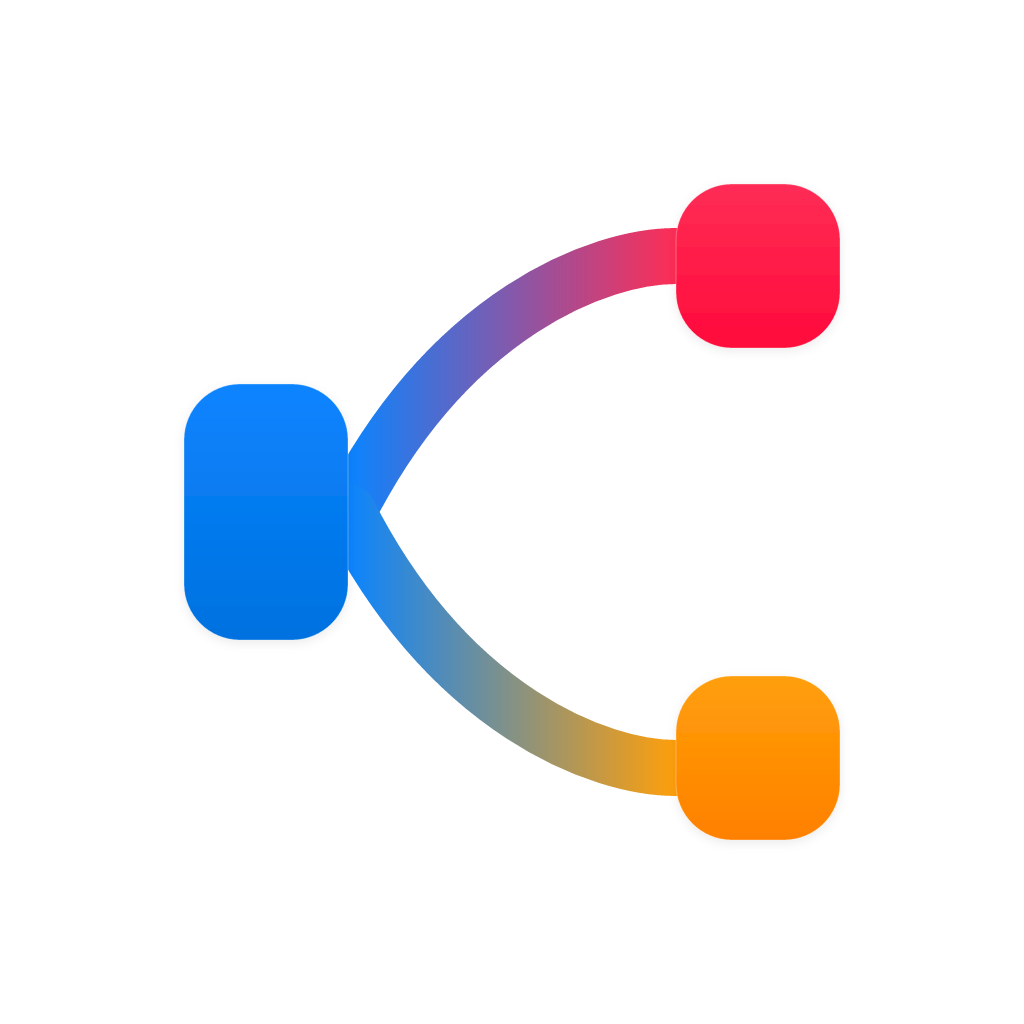Flowing Insight: The Art of Sankey Charts Unveiled
In the intricate landscape of data visualization, where every dot and line carries a hidden story, the Sankey chart emerges as a remarkable tool. It is not simply a chart; it is a revelation—providing a vivid, intuitive understanding of complex processes and the flow of materials, energy, or information. This article delves into the art of Sankey chart creation and its vast array of applications that are reshaping how we perceive the world around us.
The Concept of Sankey Charts
Developed by German engineer at the Danish Technical University, Dr. William John Macquorn Rankine, in the 1890s, the Sankey diagram, named after him, serves as a visual representation of the energy flow of a process. The essence of a Sankey chart is the use of flow arrows to illustrate the flow of a conserved quantity, such as heat or mass, between different components of a system.
One of Sankey charts’ most unique features is its ability to depict flows at varying widths, which signify the magnitude of the flow compared to the others. The broader the arrow, the greater the amount of flow; the narrower the arrow, the lesser. The beauty of this chart lies in its simplicity and the profound insights it can offer.
Creating a Sankey Chart: A Step-by-Step Process
1. Identify the Process
The first step in creating a Sankey chart begins with understanding the process or system you wish to visualize. Consider all the components involved and the flow of energy, materials, or information between them.
2. Define the Nodes and Arrows
Break down the process into nodes, which represent key components, and arrows, which signify the flow between them. The width of the arrows will represent the amount of flow, while the direction will indicate the direction of the flow.
3. Choose the Sankey Diagram Software
Select a Sankey diagram software or tool that suits your needs. There are numerous free and paid options available, such as Sankey Diagrammer, Powerpoint with Sankey template, or specialized software like Gephi or Visio.
4. Construct the Diagram
Begin constructing the chart by drawing the nodes and arrows with the selected software. Ensure that the width of the arrows is proportionally correct, and maintain the correct flow direction.
5. Refine and Annotate
Fine-tune the Sankey chart to ensure that it is clear, easy to understand, and accurately represents the process. Add annotations, titles, and labels to guide the viewer through the chart.
Applications of Sankey Charts
Sankey diagrams have found extensive application across various disciplines, including energy conservation, business, environmental science, engineering, and policy analysis. Here are some notable fields where Sankey charts make a significant impact:
1. Energy Analysis
Sankey diagrams are highly effective in illustrating energy flows within systems, offering insights into inefficiencies and potential areas for improvement. In the field of energy conservation, they help in visualizing energy distribution in buildings or industrial processes to maximize energy savings.
2. Environmental Policy
Environmental policymakers use Sankey diagrams to understand and communicate complex processes involved in environmental impact assessments. They can depict the flow of pollutants from industrial processes to the environment, or examine carbon footprints.
3. Waste Management
The flow of waste materials can be visualized using Sankey diagrams to identify bottlenecks and reduce waste in supply chains.
4. Business Analytics
Business professionals can use Sankey charts to visualize the flow of products, services, or information within an organization. This can help optimize processes, reduce costs, and enhance efficiency.
5. Engineering Design
Engineers may use Sankey diagrams in the design of manufacturing processes or power systems to ensure that resources are utilized efficiently and waste is minimized.
Conclusion
The Sankey chart may be hidden in the shadows of more commonly known data visualization techniques, but it holds a powerful potential to transform how we perceive and analyze complex systems. By creating artful, informative diagrams, Sankey charts become the bridge that connects the abstract with the tangible, enabling insights that can lead to significant improvements across various industries. Embrace the art of Sankey chart creation, and unlock the flowing insight within your data landscapes.
SankeyMaster
SankeyMaster is your go-to tool for creating complex Sankey charts . Easily enter data and create Sankey charts that accurately reveal intricate data relationships.



